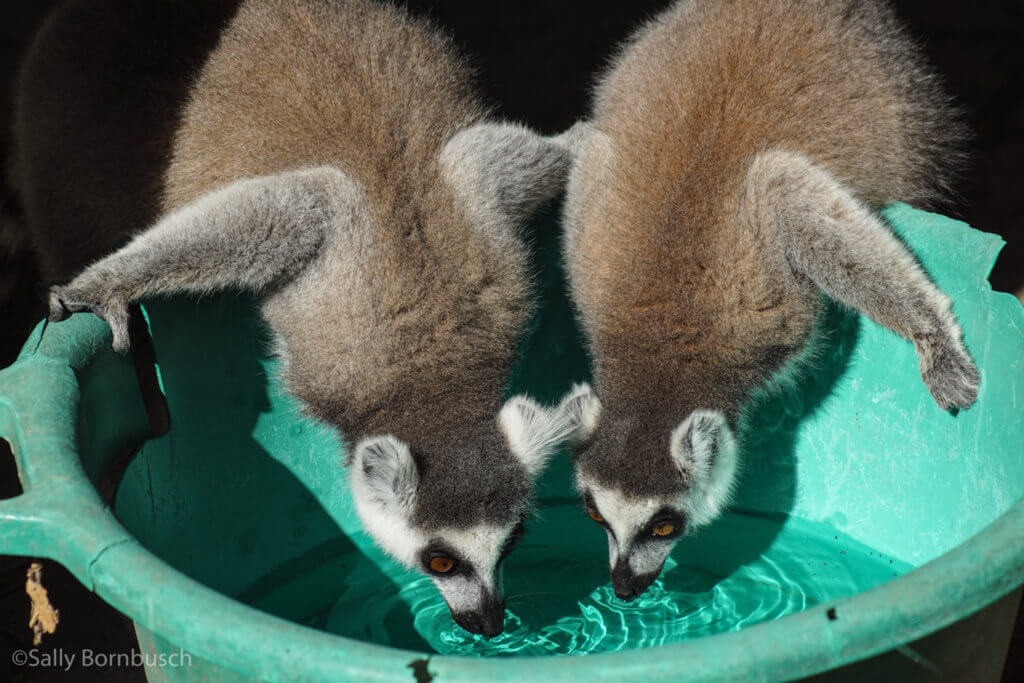One round of antibiotics is enough to create antibiotic-resistant bacteria in humans, and the same goes for lemurs. Duke University scientists discovered evidence of antibiotic resistance in the gut microbiome of lemurs that live close to humans. The closer the contact, the more antibiotic resistance is present.
Once lauded as a medical marvel, antibiotics have become a growing public health crisis. Bacteria evolved to outsmart the medication, creating resistant strains. In the current study, researchers collected stool samples from ring-tailed lemurs to study their microbes and the genes that make them up. Most importantly, they searched for any genetic clue for antibiotic resistance.
Stool samples were taken from 10 lemur populations. These populations included wild animals living in Madagascar, a group kept as pets, and two groups from research institutes in the United States.

Wild animals showed little to no evidence of antibiotic-resistant genes in their gut microbiome. On the other hand, animals used in research centers had 25 times more antibiotic-resistant genes than wild lemurs. Lemurs kept as pets in Madagascar had the highest amount, with 35 times greater encounters for antibiotic-resistant strains.
What’s causing antibiotic-resistant bacterial strains in lemurs?
The team suggests one reason behind the elevated antibiotic-resistant strains in lemurs used in research is because of the good veterinary care that’s typically involved in these facilities. Vets may have used antibiotics when treating infections.
But the above explanation cannot explain why lemurs kept as pets — and likely never had vet care because it’s illegal to own them — had a high amount of antibiotic-resistant genes.
Most likely, the lemurs’ shared environment and constant contact with humans may be the reason they have antibiotic resistant bacteria. “Microbes are like an overlaying blanket on everything. They’re not only in our guts, but also on our skin, our furniture, and in our food and water,” says Sally Bornbusch, a graduate student at Duke University and coauthor of the study, in a statement. “They’re everywhere, all the time, and they are easily transmitted between environments.”

Wild animals showed evidence of antibiotic-resistant microbes if they made some type of contact with human activity, such as farming or living in areas with heavy tourism. “Antibiotic treatment is clearly not the only mechanism leading to a higher abundance of resistance genes in these animals,” Bornbusch says.
Despite the surge in antibiotic-resistant genes, the results may help with veterinary practices and conservation activities. With better research, scientists may better understand how these genes impact their survival in the wild.
“Right now, we know that these resistance genes are out there, but we don’t know whether they are truly harmful to lemurs,” says Bornbusch. “These results give us a stepping-stone for research on the impact of these resistant microbes on wildlife and their environment.”
The study is published in the journal Frontiers in Ecology and Evolution.
